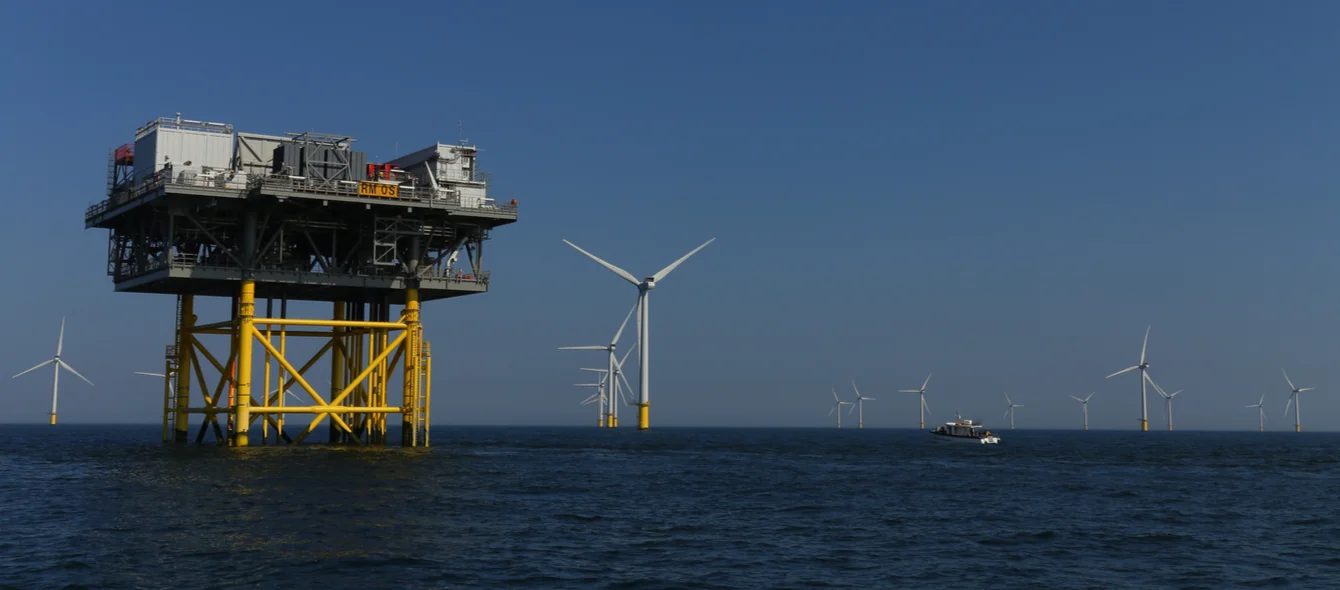Wind farms being developed as part of the 2017 Offshore Wind Extensions opportunity passed another milestone at the end of September with the Rampion 2 project being the latest of six to be awarded seabed rights for development, known as an Agreement for Lease.
By extending already developed wind farms, the projects promise to bring more low-cost, renewable energy to the UK’s shores. Wind farm extensions allow development of sites where the seabed and wind characteristics are already well understood and where infrastructure such as sea to shore transmission lines and sub-stations for the existing wind farms have already been built. At the same time, the latest offshore wind technology can be installed. Over the last decade, the average size of turbines has increased by 72%, according to the Global Wind Energy Council’s Supply Side Analysis 2019 report, led by the offshore wind sector, where the largest turbines are now over 10 MW each.
As a result, the extensions will be cheaper and more efficient than the original developments, delivering lower-cost offshore wind energy to UK consumers.
Target contribution
In total, the projects could deliver 2.8 GW of additional capacity, which would expand the UK’s existing offshore wind capacity by about 25%, making a major contribution to the government’s target of 40 GW of offshore wind by 2030. RWE Renewables is playing a major role in the development of four of the extension projects — Greater Gabbard, Galloper, Gwynt y Môr and Rampion. Together these could comprise 1.8 GW of new capacity of which RWE Renewables’ share would be 900 MW.
The Gwynt y Môr extension is called Awel y Môr, which means Breeze of the Sea, and will lie off the coast of North Wales. Two projects, Five Estuaries (the Galloper extension) and North Falls (Greater Gabbard extension) are in the southern North Sea, while Rampion 2 is located off the Sussex coast in the English Channel.
RWE is the second largest player globally in the offshore wind sector and has nine offshore wind farms in operation in the UK alone. The company now has a project pipeline totalling 5.4 GW pro rata and aims to be carbon neutral by 2040.
